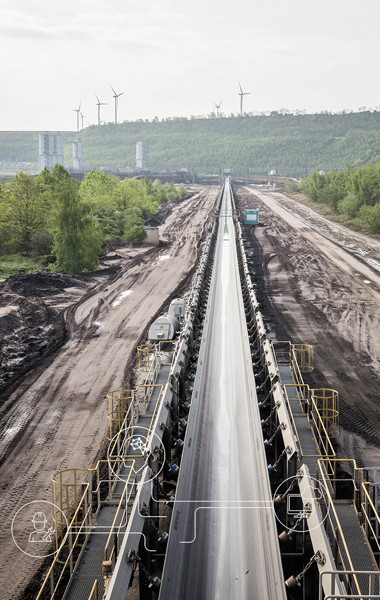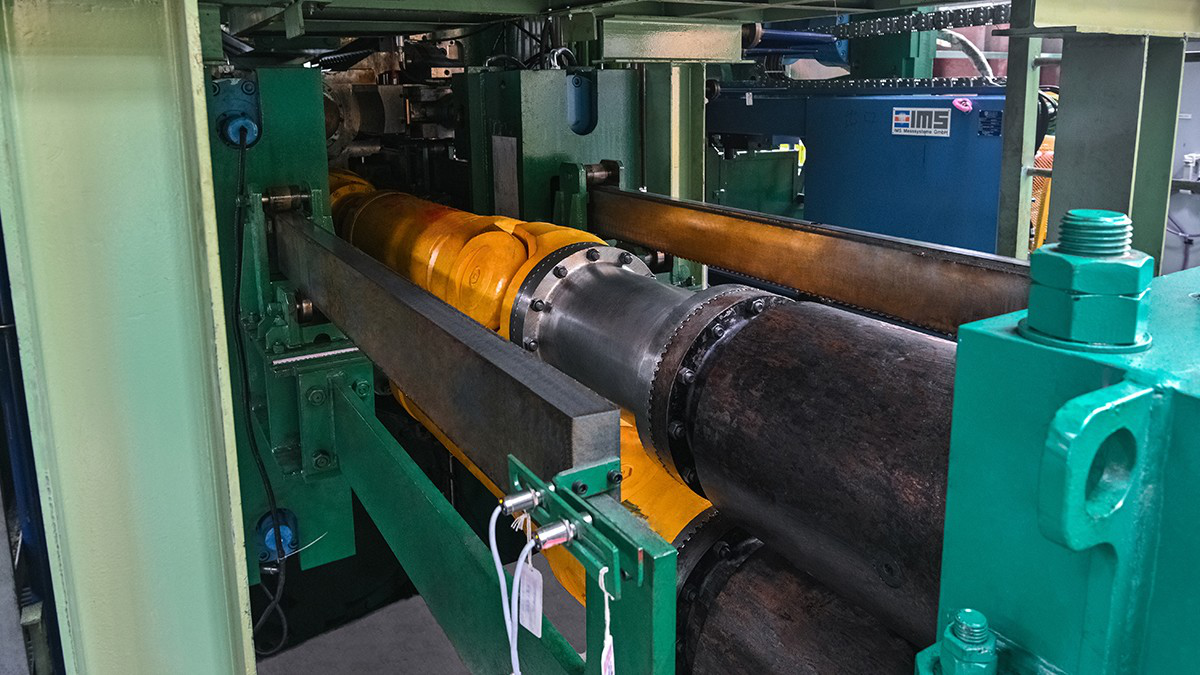„Offshore wind farms are essential to the global energy supply“
Interview with Thomas Kirsch,
Director Wind Energy at Voith subsidiary ELIN Motoren
What differentiates the construction of an offshore wind farm from an onshore wind farm?
In essence, there are three main differences. On the one hand, offshore wind turbines are much more powerful than onshore turbines. In an onshore market, the typical turbine currently has a capacity of 4 to 7 megawatts in Europe and America, and 2 to 5 megawatts in Asia. Offshore, turbine output currently lies between 10 and 15 MW per turbine. In addition, a large percentage of offshore turbines currently in operation are gearless. Instead, they have a slowturning, very large, and very heavy generator. Onshore, on the other hand, the majority of turbines are still equipped with a high-speed drive train with a three-stage gearbox and high-speed generator. And lastly, it goes without saying that the corrosion protection requirements for offshore installations are generally higher than for those on land.



What role will offshore wind farms play in the future global energy supply?
Due to their high turbine output combined with the mostly favorable and more constant wind conditions at sea, offshore wind farms will already play an essential role in the global energy supply in the medium term. Apart from this, major technological advancements are already being achieved, especially with respect to large offshore turbines, which will make offshore wind power even more competitive in the future. One example would be floating foundations, which make it possible to erect offshore wind turbines at even greater ocean depths. Currently, offshore turbines are still firmly anchored to the seabed. This places severe constraints on the maximum ocean depth at which turbines can be installed and still be cost effective.
What is ELIN’s role in all of this?
ELIN supplied the first generators for offshore wind turbines back in 2010. Some of the largest offshore wind turbine manufacturers rely on main generator components from ELIN Motoren. In some cases, we’re even a single-source supplier! From today’s perspective, the percentage of ELIN’s total revenue generated by the offshore wind market will continue to increase massively in the coming years.
What synergies are being created by bringing together ELIN’s and Voith’s expertise?
The collaboration between Voith and ELIN gives us the ability to grow from being purely a component supplier to a complete drivetrain supplier – and thus to become the key strategic partner for turbine OEMs.
What role does hydrogen play in offshore projects?
In principle, combining these two technologies results in the ability to make surplus wind power available free of charge for hydrogen production, ultimately achieving the function of an efficient and largely carbon-neutral energy storage system. In this context, however, it doesn’t matter whether the wind turbine is located at sea or on land.
Let’s take a look into the near future: where will the industry be in 2030?
It’s likely that in 2030, the average capacity of newly installed offshore turbines will already lie between 15 and 18 megawatts. In light of the climate targets, I continue to expect continuous and attractive market growth. Consolidation in the wind market sector will continue. This ever greater concentration on a few large, multinational turbine manufacturers and component suppliers will increase the mutual dependencies between customers and suppliers. In this context, I expect that ELIN Motoren will be one of the most important suppliers of generators and components for the global wind market worldwide.





























